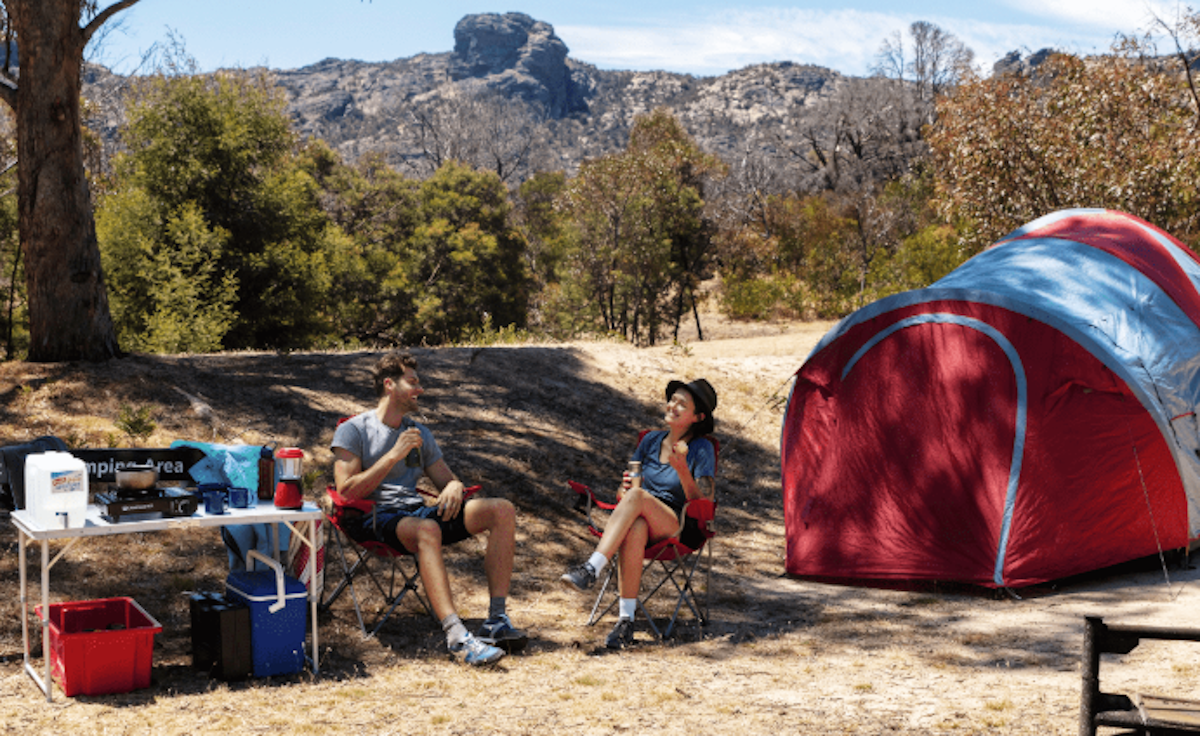Building Resilience, One Family at a Time
In an ever-changing world filled with unexpected challenges, “Building Resilience, One Family at a Time” is a guiding philosophy that emphasizes the importance of cultivating strength and adaptability within family units. Whether facing natural disasters, economic hardships, or societal shifts, resilience becomes the cornerstone of survival and thriving. This article explores practical strategies, detailed examples, and actionable steps that families can implement to build resilience and safeguard their futures.
What Is Family Resilience?
Defining Resilience
Resilience is the ability to recover quickly from difficulties and adapt in the face of adversity. For families, resilience means fostering emotional, financial, and physical strength while supporting each other in times of crisis.
Why Focus on Families?
Families serve as primary support systems. Strengthening familial bonds and preparing together ensures collective survival and well-being in uncertain circumstances.
The Pillars of Family Resilience
Emotional Support
Building resilience starts with emotional strength. Open communication and empathy help families navigate stress and conflict together.
Example:
Imagine a family facing job loss. By holding weekly family meetings to discuss emotions, brainstorm solutions, and reaffirm commitments, they create an environment of mutual support and trust.
Financial Preparedness
A robust financial plan can shield families from unexpected expenses or economic downturns. Budgeting, saving, and diversifying income are key.
Example:
Setting up an emergency fund and teaching children the importance of financial literacy ensures the family’s long-term stability.
Physical Health and Wellness
Maintaining physical health equips families to endure stressful situations. Regular exercise, nutritious meals, and access to medical care are essential components.
Example:
A family creating a weekly fitness challenge encourages healthy habits and fosters teamwork, simultaneously improving resilience.
Practical Survival Strategies
Emergency Planning
Key Steps:
- Create an emergency kit with essentials like food, water, medicines, and important documents.
- Establish evacuation plans and communication protocols.
Example:
During a flood warning, a family’s pre-prepared kit and clearly defined evacuation route ensure swift and safe relocation.
Skills Development
Important Survival Skills:
- First aid
- Gardening for food sustainability
- Basic repair and maintenance skills
Example:
A family practicing first aid together learns to confidently handle medical emergencies, giving them a crucial edge in survival scenarios.
Community Involvement
Building Networks:
Participate in community events and establish relationships with neighbors to pool resources and share knowledge during crises.
Example:
Joining local preparedness workshops strengthens the family’s ties with the community while equipping them with valuable survival techniques.
Real-Life Applications of Resilience
Natural Disasters
When faced with hurricanes or earthquakes, resilient families stay calm and rely on their preparedness plans to navigate the situation effectively.
Example:
A family in a hurricane-prone area invests in solar-powered energy sources and storm-proofing their home, ensuring safety and continuity.
Economic Downturns
During financial crises, resilient families rely on their savings, side businesses, and frugal practices to maintain stability.
Example:
A family pooling their creative talents to launch a small online business provides supplementary income during difficult economic times.
Expanding the Vision: Building Generational Resilience
Teaching Resilience to Future Generations
By involving children in preparedness efforts and imparting life skills, families can ensure resilience is passed down.
Example:
Parents teaching their kids gardening not only provides immediate food security but instills values of sustainability and resourcefulness.
Leveraging Technology
Use apps and online tools to track finances, learn survival skills, and stay informed about local emergencies.
Example:
Families using budgeting apps can ensure financial transparency and shared responsibility, promoting overall resilience.
Taking Action Today
How to Begin
Start small by setting one resilience-related goal each month, such as organizing an emergency kit or planning a budget.
Example:
A family deciding to try meal prepping not only saves money but also teaches resource management, strengthening their collective adaptability.
Inspirational Stories
Highlighting families who’ve overcome adversities through resilience inspires others to take proactive steps.
Example:
The story of a single-parent family successfully navigating a global pandemic through community support and financial planning serves as a beacon of hope.
Conclusion
“Building Resilience, One Family at a Time” is more than just a concept—it’s a call to action. By focusing on emotional well-being, financial security, and physical preparedness, families can thrive regardless of the challenges that come their way. With thoughtful planning and consistent efforts, resilience transforms into a shared family legacy, ensuring a brighter and safer future for all.




